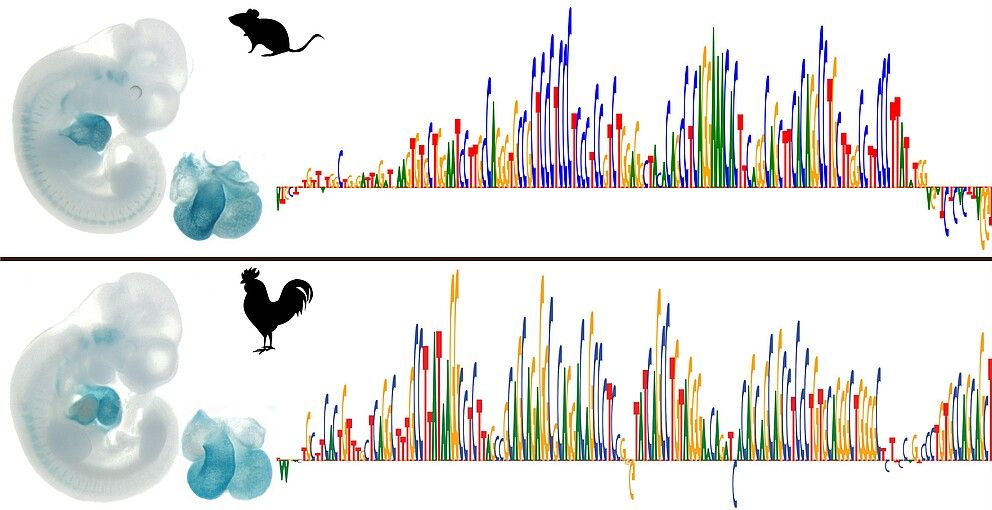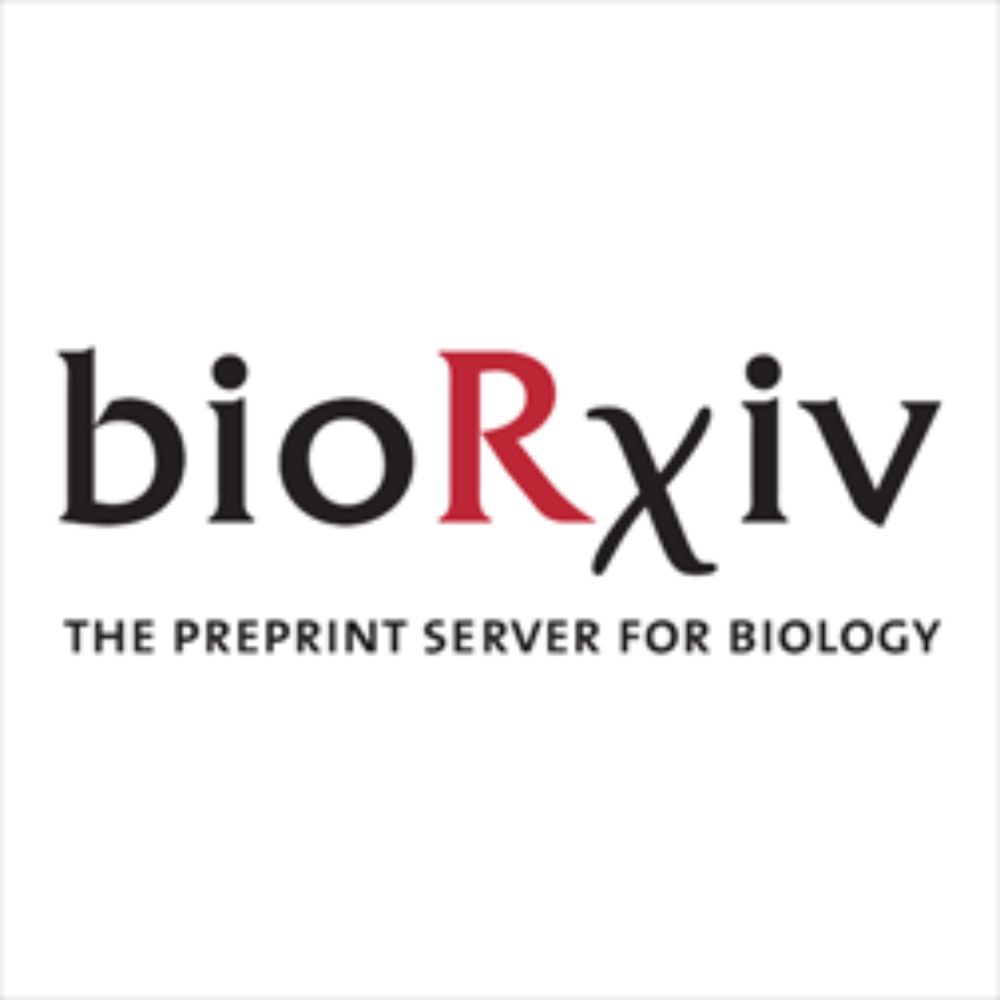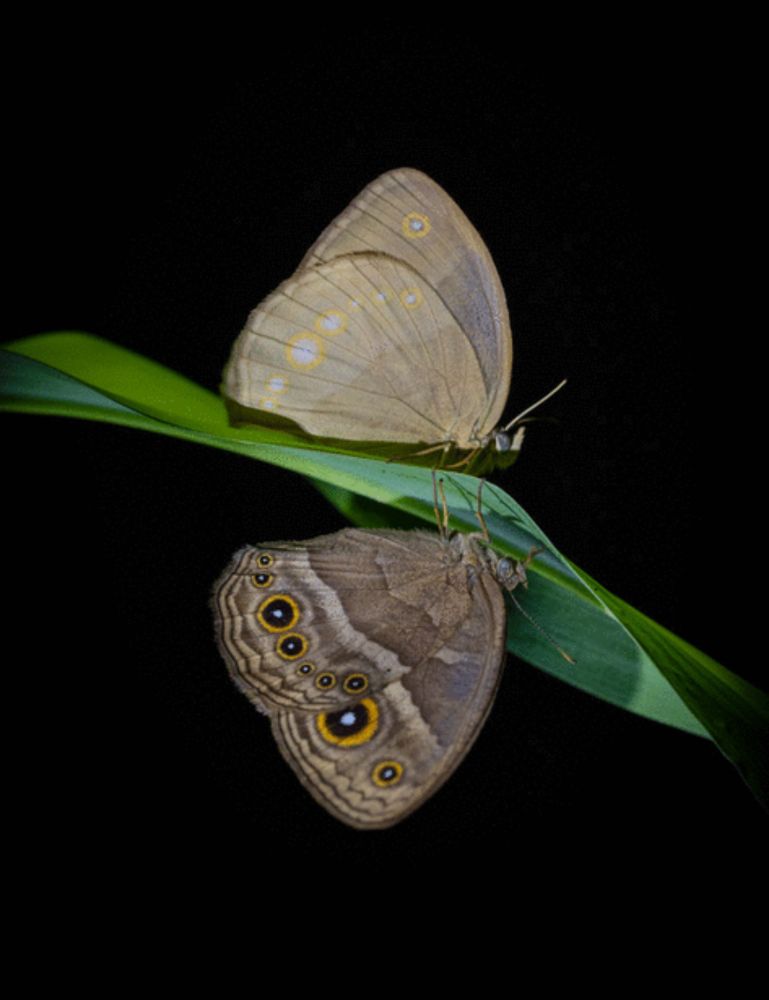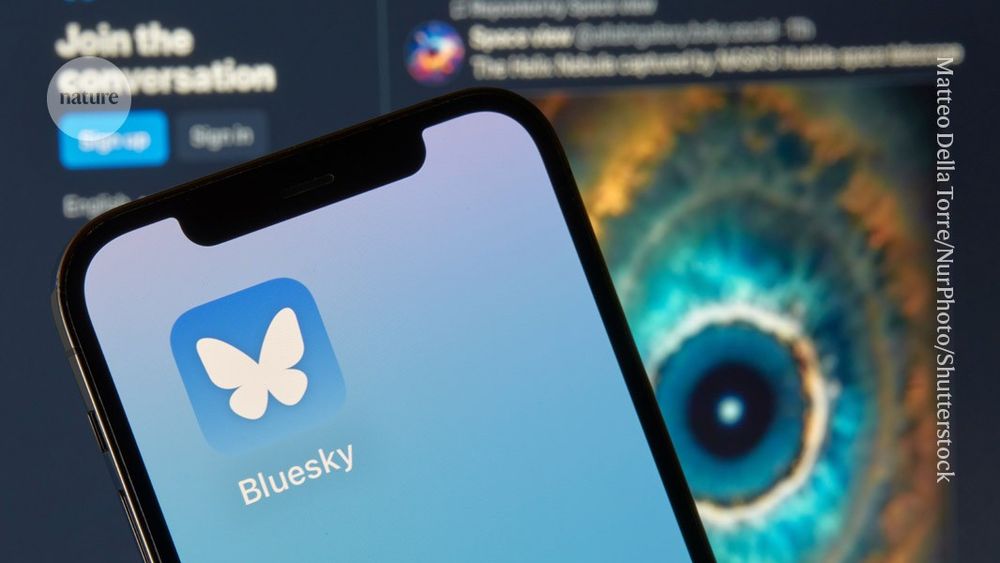

I'm pleased to report that my talk went well ☺️ 🎨🖌️
#eseb2025 #eseb #esebconference
@eseb2025.bsky.social @jfenn.bsky.social @timothyfuqua.bsky.social

I'm pleased to report that my talk went well ☺️ 🎨🖌️
#eseb2025 #eseb #esebconference
@eseb2025.bsky.social @jfenn.bsky.social @timothyfuqua.bsky.social
I will be talking about microRNA and the evolution of the mammalian placenta on Tuesday at 14:30 in Meeting Room 113
@eseb2025.bsky.social

I will be talking about microRNA and the evolution of the mammalian placenta on Tuesday at 14:30 in Meeting Room 113
@eseb2025.bsky.social
I will be talking about microRNA and the evolution of the mammalian placenta on Tuesday at 14:30 in Meeting Room 113
@eseb2025.bsky.social

I will be talking about microRNA and the evolution of the mammalian placenta on Tuesday at 14:30 in Meeting Room 113
@eseb2025.bsky.social
👉 www.molgen.mpg.de/4927054

👉 www.molgen.mpg.de/4927054



doi.org/10.1186/s425...

doi.org/10.1186/s425...
doi.org/10.1186/s425...

doi.org/10.1186/s425...
royalsocietypublishing.org/doi/10.1098/...

royalsocietypublishing.org/doi/10.1098/...

www.science.org/doi/10.1126/...

@jfenn.bsky.social imagines how games can incorporate more realistic ecosystems:

For me, it certainly feels good to be here!
@natureportfolio.bsky.social @bsky.app
www.nature.com/articles/d41...

For me, it certainly feels good to be here!
@natureportfolio.bsky.social @bsky.app
www.nature.com/articles/d41...
I'm looking at the evolution of microRNA - the discovery of which recently earned a Nobel Prize!
tinyurl.com/552ph6xh

I'm looking at the evolution of microRNA - the discovery of which recently earned a Nobel Prize!
tinyurl.com/552ph6xh

